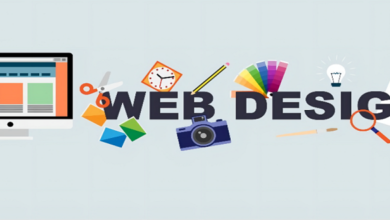Then build your channel your website – the hub of your digital marketing world

Before we get going on this chapter we need to agree something together – whether your website appears as a shop window on a person’s ‘connected’ television set or it materializes as a mobile site enabled for a smartphone, or is just a simple old-fashioned homepage on a computer screen – it is still a shop window to your digital world and it is still a website.
A conversion engine for traffic
All of the digital marketing techniques we discuss in the coming chapters have one thing in common: they are designed to drive targeted, pre-qualified traffic to your website. But traffic on its own does nothing but consume internet bandwidth: it is your website that converts that traffic into prospects and customers – taking the numbers and transforming them into something of tangible value to your business.
Building an effective website
An effective website is essentially about the convergence of two things: your business goals and the needs of your target market. Build something that aligns the two and you will end up with an effective website. Broken down like that it sounds simple, but achieving that convergence can be a tricky process – and a quick surf around the web will soon demonstrate that it is easier to get it wrong than to get it right.
First, let’s state here and now that this is not a definitive guide to website development. This is a book about digital marketing. In this chapter we explore how to approach your website with digital marketing in mind. Our focus is to maximize the effectiveness of your website with a view to your digital marketing endeavours.
The main steps of building your website
Different businesses will follow different processes involving different groups of people when designing, developing and implementing a website, but regardless of the approach you choose to take, how formal or informal the process, there are a number of key stages that generally form part of any web development project:
- Planning: establish your goals for the site; analyse the competition; define who your target market is, how they will find you online and what they will be looking for when they arrive; map out a schedule and decide who will do what and when.
- Design: decide on the ‘look and feel’ of the site: colours, graphics, information architecture (the arrangement or structure of the information), navigation, etc. The way that information is arranged can have a big impact on a site’s usability and its perceived relevance and authority both for users and search engines.
- Development: putting it all together, taking the agreed design and constructing the actual pages of the site, crafting the content, links and navigation hierarchy.
- Testing: making sure everything works the way it should before you let it out onto the big bad internet.
Know why you are building a website
What is my website for?’ It’s a simple enough question, yet you might be amazed at how many businesses have never asked it. They have a website because everyone else has one and it seemed like a good idea at the time. The result is a site – invariably an isolated little island in the backwaters of cyberspace – that brings nothing to the business but the expense of annual hosting and maintenance. Ideally you should have a clear idea of exactly what your organization wants to achieve from a website before you start to build it.
Last word
Think about how your users will access your website, what will they want to find when they get there, and how your site can fulfil those needs? Put yourself in their shoes, or better still, ask them directly what they want to see/do on your website. Try conducting some informal market research with people who would potentially use your website (online and/or offline). The results may be illuminating, and could be the difference between a successful website and an expensive online experiment.




